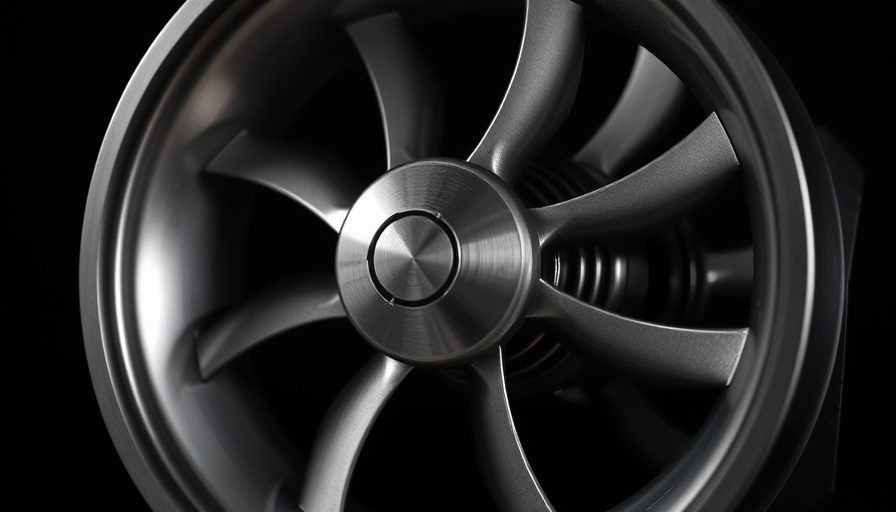
Setting New Standards in Marine Technology
Kongsberg Maritime has made a significant leap in marine engineering with the launch of its TTH Tunnel Thruster series. This innovative technology is not just about improved performance; it’s a complete rethinking of how thrusters can be integrated into vessels, redefining their operational potential. The compact, modular design allows shipbuilders to tailor installations to fit various vessel types, addressing unique needs with ease.
Key Innovations Driving Performance
The TTH series introduces several key innovations that prioritize efficiency and reliability. The hydrodynamically optimized blades not only enhance the thrusters' efficiency but also minimize noise and vibrations—an essential feature for operations in sensitive marine environments. Perhaps even more crucial is the Equipment Health Monitoring (EHM) compatibility, providing real-time insights into the thrusters’ performance and maintenance needs.
Environmental Considerations and Enhancements
In our era of heightened environmental awareness, Kongsberg's focus on non-polluting sealing solutions places the TTH series at the forefront of sustainable marine technology. This design choice aligns with industry trends that prioritize eco-friendly solutions, ensuring that ships remain compliant with strict regulations while contributing to the preservation of marine ecosystems.
The Future of Thrusters: Predictions and Opportunities
As the maritime industry shifts towards more sustainable practices, the introduction of the TTH series positions Kongsberg Maritime as a leader in this transformation. The thruster's configuration options—supporting both controllable pitch (CP) and fixed pitch (FP)—allow for greater versatility, making them suitable for a wide range of applications including dynamic positioning operations and auxiliary propulsion—all of which are crucial in future maritime fleets aiming for efficiency and compliance.
Thruster Maintenance: A Game Changer
One of the most important features of the TTH series is its integration into Kongsberg Maritime’s Thruster Support Pool. This program is designed to significantly reduce maintenance downtime by providing immediate access to refurbished thrusters. For vessel owners, this means less time in port and more time operational—an essential consideration in today's fast-paced maritime environment where efficiency is paramount.
Industry Response and Anticipations
The maritime community is keenly observing the reception of the TTH series. Early adopters may pave the way for wider acceptance, setting a benchmark for future thruster developments. With propeller diameters reaching 1650 mm and 1850 mm, and power ratings of up to 1250 kW, this new series is poised to make waves throughout the industry. Industry experts are optimistic about the contribution these advancements will make to vessel performance and operational efficiency.
Conclusion: Why This Matters
The launch of Kongsberg maritime’s TTH Tunnel Thruster series marks a pivotal moment in marine technology. As the industry decks itself out for a greener, more efficient future, innovations like these not only influence the mechanics of ships but also speak to broader societal concerns about sustainability and environmental impact. For those invested in the maritime sector, paying attention to these advancements could usher in opportunities that redefine operational success.
 Add Row
Add Row  Add
Add 




Write A Comment